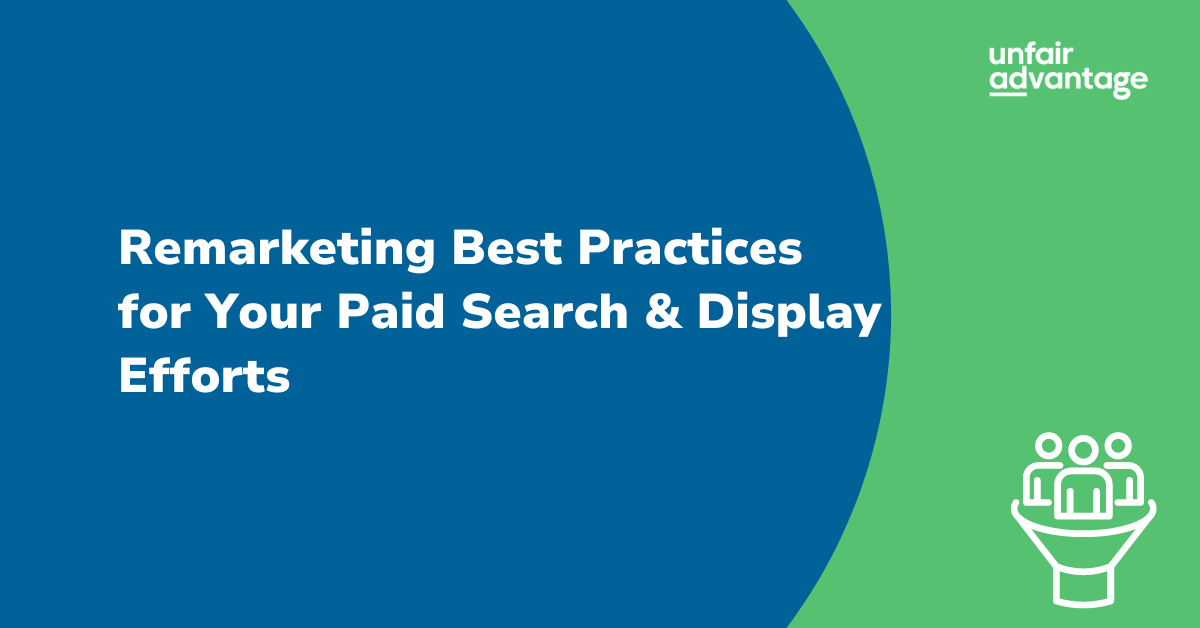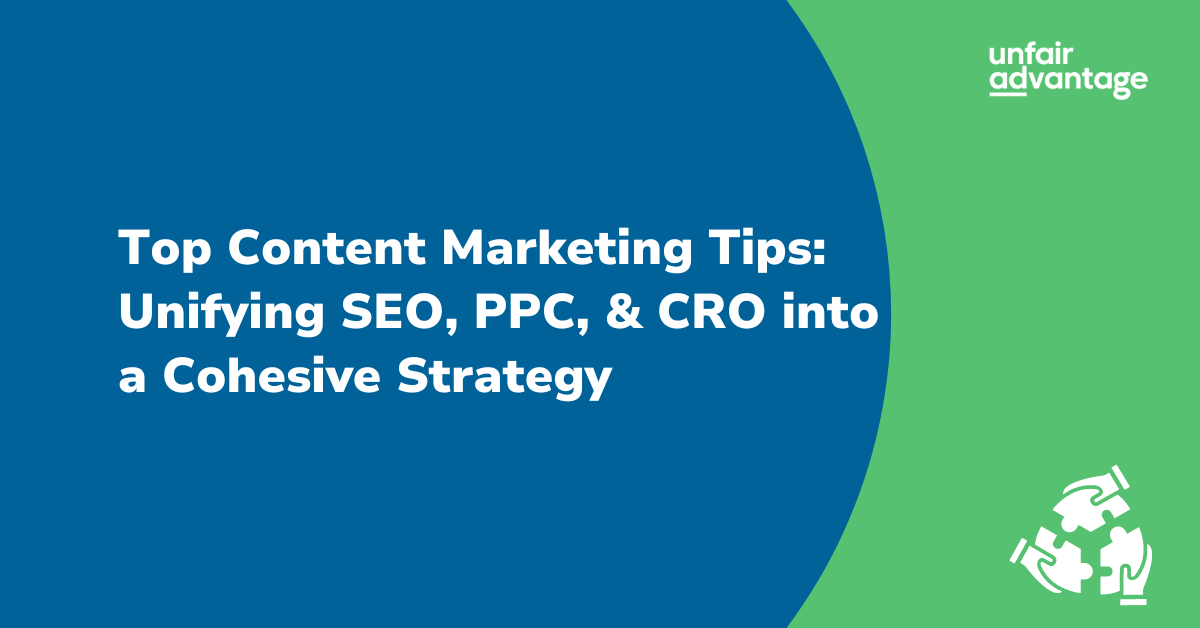
Published in:
Blog
Organic vs. Paid Social Media: Choosing the Right Strategy for Your Business
Social media has become an integral part of any successful marketing strategy. It’s where you can connect with your audience, build brand awareness, and drive conversions. And when it comes to marketing using social media, there are two primary approaches: organic social media and paid social media. In this blog post, we’ll dive into the key differences between these two strategies to help you determine how much of each is right for your business and goals.
What is Organic Social Media?
Organic social media refers to the use of tactics that you don’t pay directly for to reach and engage with your audience. This includes posting regular content on your social media profiles, responding to comments and messages, and otherwise growing your follower count and brand awareness in an organic, more natural, way. Here are some characteristics of organic social media:- Cost-Effective: Organic social media is budget-friendly since it doesn’t require paid advertising. It’s a great option for businesses with limited marketing budgets.
- Authenticity: Your organic content reflects your brand’s personality and values. It’s a way to establish genuine connections with your audience.
- Long-Term Growth: Organic efforts can lead to long-term benefits, such as a loyal and engaged community, increased brand authority, and improved search engine rankings.
What is Paid Social Media?
Paid social media involves investing in advertising on platforms like Facebook, Instagram, Twitter, and LinkedIn. With paid social, you can target specific demographics, interests, and behaviors, ensuring your content reaches your target audience. Here are some aspects of paid social media:- Targeting Precision: Paid social media allows you to precisely target your audience, ensuring your content is seen by those more likely to convert.
- Faster Results: Paid campaigns can deliver quicker results compared to organic efforts. This is particularly beneficial for time-sensitive promotions or product launches.
- Scalability: You can adjust your budget and campaigns as your business grows, making it a scalable strategy.
Key Differences Between Organic and Paid Social Media
While organic and paid social media operate in the same channels, there are several key differences between them to consider when planning and implementing your marketing strategies.- Reach: Organic reach is limited to your existing followers and their networks, while paid campaigns can expand your reach to a broader audience.
- Cost: Organic social media is cost-effective but requires significant time and effort. Paid social media involves a budget but can yield faster results.
- Control: With organic, you have full control over your content and messaging. Paid social media offers control over targeting and budget.
- Goals: Organic is excellent for building brand awareness and community engagement, while paid is more effective for conversions and immediate results.
When to Use Each Strategy
Use organic social media when you want to:- build a genuine online community
- have limited marketing funds, or
- aim to establish brand authority over the long term
- quick results
- want to target specific demographics
- have a budget for advertising, or
- are launching a time-sensitive campaign

